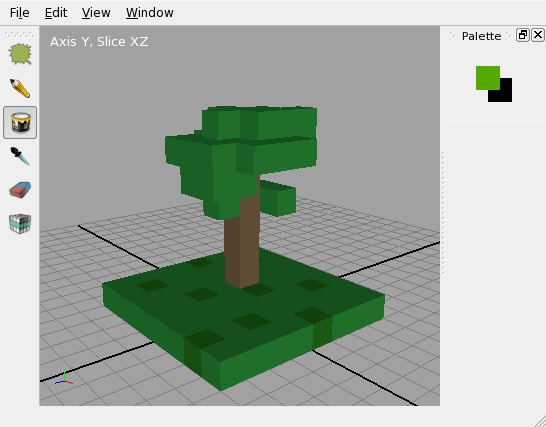It's really a matter of the fidelity you want to achieve, rather than the technology. Current "voxel" games like Minecraft and Cubeworld are using relatively low fidelity, so yes the art requirements are lower than comparable technology with higher fidelity. It also lends itself well to very simple animations, which cuts the art requirements further. Still, its not as simple as saying that low-fidelity art is "easier" -- for example, it was harder to make good-looking, distinctive sprites on the NES or SNES, than on the Playstation or 2D PC games of the day, because at some point the inherent limitations of low-fidelity kick in (there's a sort of sweet-spot).
As to whether you can get by without a dedicated artist, its hard to say, and depends on what you choose and what quality level you're happy with, as well as how much time you have. I, myself, am actually a fairly capable artist so I can sketch concepts, do lower-res sprites and backgrounds, and basic 3D models (though I don't texture or skin, usually), but I'm also the programmer, and I don't have time to wear the art hats too. Generally, my preference would be to only do enough placeholder art to attract an artist to the team, and then do just enough sketching to communicate my ideas to them.






